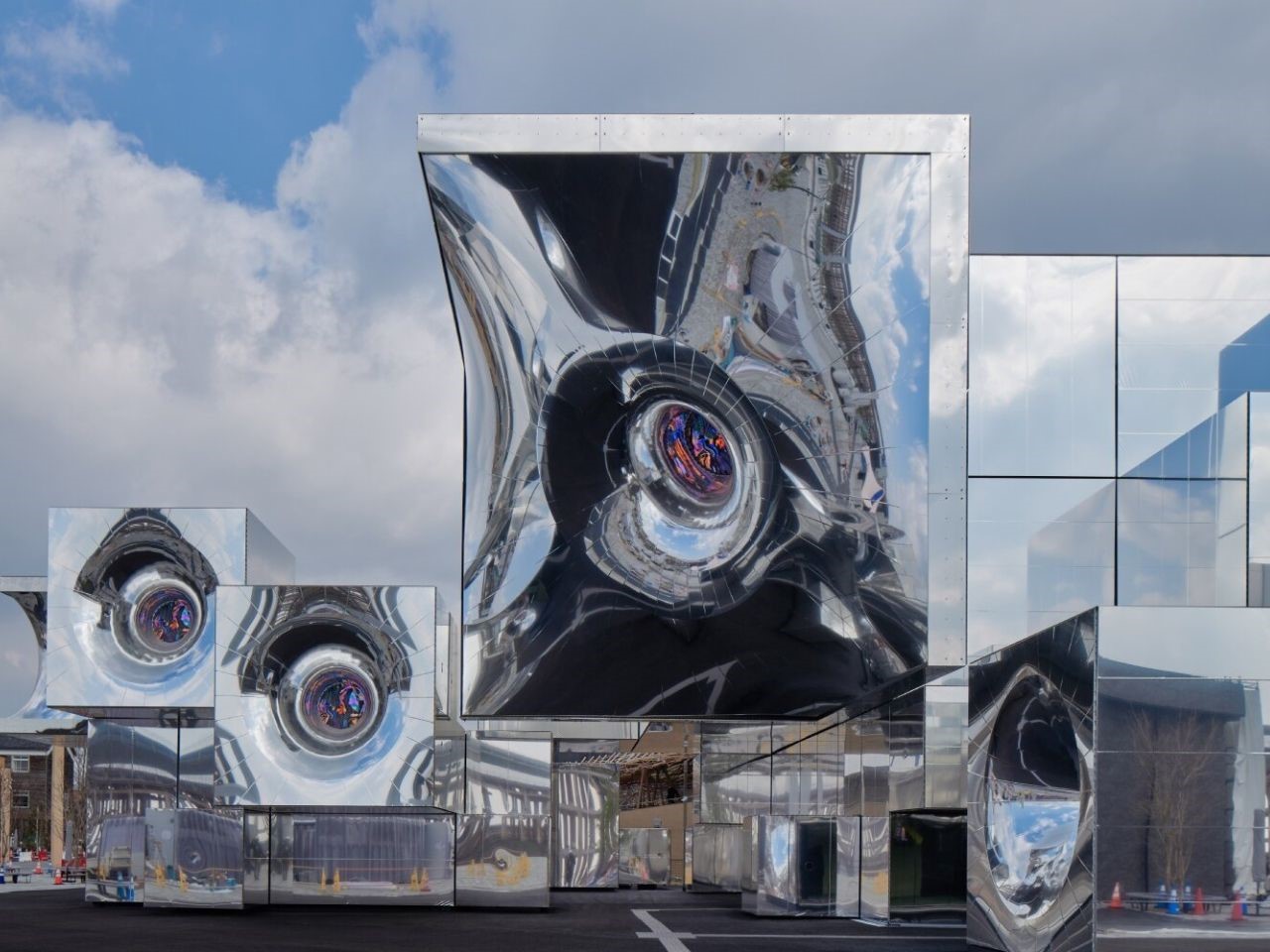null: A Visionary Pavilion at Expo 2025 Osaka Redefining Hybrid Architecture

The highly anticipated Expo 2025 in Osaka has unveiled a stunning array of architectural wonders, among which the pavilion known as null stands out as a beacon of innovation and creativity. This remarkable structure has been conceptualized by the Tokyo- and Taipei-based design studio NOIZ, in collaboration with media artist and researcher Yoichi Ochiai. More than just a physical space, null represents an evolving experiment in what is termed hybrid space-making, where the traditional distinctions between the physical and digital worlds blend seamlessly into an awe-inspiring architectural experience.
At its core, null serves as a speculative model for the architecture of the future. It occupies a distinctive conceptual space that defies conventional categorization; it is neither entirely real nor completely virtual but exists in a thrilling in-between realma meta-environment that interacts dynamically with its users and its surroundings. The pavilion is constructed using voxel-like modules, consisting of cubic units that measure 2, 4, or 8 meters. These modules are arranged in a flowing sequence that creates a series of spaces for exhibitions, support, and relaxation. The design features a variety of structural elements, from rigid geometric blocks to more fluid, organic shapes, all enveloped in an innovative mirrored membrane. This unique material shifts and reflects light and movement, transforming with the wind, and thereby creating a dynamic dialogue with the ever-changing environment.
The pavilion's tensile membrane does much more than simply reflect its surroundings. It has been meticulously designed to be responsive; it shimmers and pulses with the elements, producing a captivating visual rhythm that imbues the structure with a sense of life and movement. This transformation allows null to evolve from a mere static building into a living, breathing system that metaphorically and visually merges with its context.
Agility and adaptability are at the heart of null's design philosophy. In light of the Expos tight schedule and the uncertain future that lies ahead after 2025, NOIZ has implemented a modular framework that emphasizes speed, flexibility, and the potential for reuse. The pavilion can be rapidly assembled and disassembled, offering possibilities for relocation after the expo concludes. Furthermore, the pioneering membrane not only enhances the building's aesthetic qualities but also integrates sustainable features, such as solar reflectance and thermal insulation, paving the way for its application in retrofitting existing structures in the future.
As visitors step inside the pavilion, they are invited into a multisensory exhibition experience that is centered around the concept of digital twins. These avatars resonate with and respond to visitors' movements, making each visit an act of co-creation. Within select modules, robotic arms and built-in woofers interact with the mirrored surfaces, creating a rich tapestry of movement and sound that fosters an environment that feels both tactile and intelligent. In this sense, the building itself transitions into a responsive interface, creating a medium for meaningful communication between the visitor and the space.
But null's influence extends far beyond its physical confines. It reaches into the digital realm, providing a participatory platform where remote users can engage with the pavilion through robotic avatars or augment their on-site experience with AR overlays. This innovative setup encourages visitors to reinterpret the structure digitally, facilitating personalized spatial edits and contributing to a continually evolving archive of user-generated designs. Through this participatory framework, null redefines the concept of architectural authorship, replacing the traditional singular vision of the architect with a more collaborative, crowd-sourced process.




























